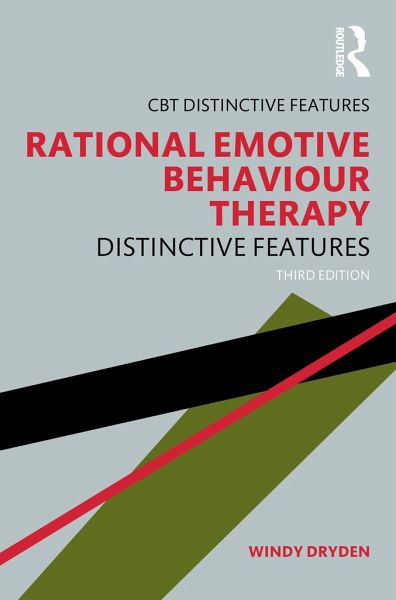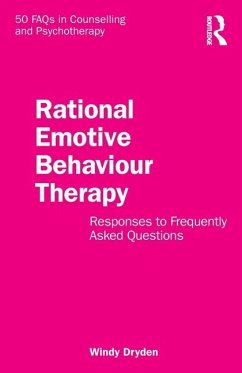
Rational Emotive Behaviour Therapy
Distinctive Features
Versandkostenfrei!
Versandfertig in 2-4 Wochen
35,99 €
inkl. MwSt.

PAYBACK Punkte
18 °P sammeln!
Rational Emotive Behaviour Therapy (REBT) encourages the client to focus on their emotional problems in order to understand and change the rigid and extreme attitudes that underpin them these problems.












